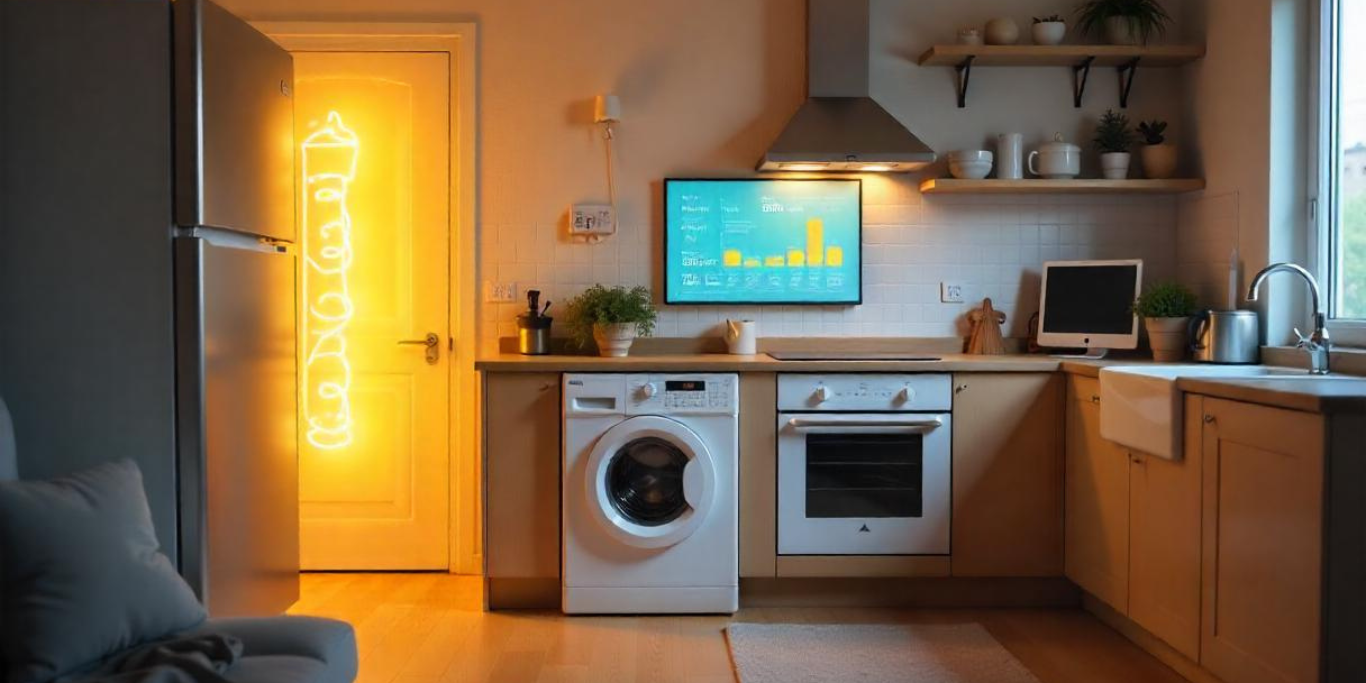What Consumes Most Electricity in Home? Tips to Reduce Your Energy Usage
Understanding what consumes most electricity in home is essential for managing your energy bills and improving efficiency. Many household appliances and electronics contribute to high energy consumption, but by identifying the biggest energy consumers, you can take steps to reduce waste and lower costs.
The Biggest Electricity Consumers at Home
Different appliances consume varying amounts of electricity. Here’s a breakdown of the most power-hungry devices:
1. Heating and Cooling Systems
Heating and air conditioning units are the largest electricity consumers in most homes. Energy-efficient alternatives such as smart thermostats and insulation improvements can help reduce energy waste.
Learn more about making your home more energy-efficient in our detailed guide: How to Make Your Home More Energy Efficient.
2. Refrigerators and Freezers
If you’re wondering how much electricity does a fridge consume, a standard refrigerator uses between 100-800 kWh per year. Energy-efficient models and proper maintenance can help lower consumption.
3. Water Heaters
Electric water heaters contribute significantly to electricity bills. Switching to a more energy-efficient water heater or using alternative heating methods can save electricity.
4. Washing Machines and Dryers
While washing machines don’t consume as much electricity, dryers can use over 3,000 watts per cycle. Consider air-drying clothes or using energy-efficient machines.
5. Computers and Laptops
Many people ask, how much electricity does a computer consume? A desktop computer can use 200-500 kWh per year, while electricity consumed by a laptop is significantly lower at around 30-100 kWh per year.
6. Kitchen Appliances: Ovens, Microwaves, and Slow Cookers
If you’re wondering, how much electricity does a slow cooker consume, it depends on the wattage and cooking time. A slow cooker typically uses around 75-150 watts per hour, making it more energy-efficient than an oven.
Tips to Reduce Home Electricity Consumption
- Unplug devices when not in use to prevent phantom energy drain.
- Upgrade to energy-efficient appliances.
- Use LED lighting instead of traditional bulbs.
- Adjust thermostat settings to optimize heating and cooling efficiency.
How Do Electricity Tariffs Affect Your Bills?
Your energy consumption is also influenced by your electricity plan. In Spain, recent changes in the electricity bill in 2025 have introduced new pricing structures that impact households and businesses. Understanding these changes can help optimize your electricity usage. Learn more in our article: Changes in the Electricity Bill in Spain in 2025.
If you’re looking for the best electricity rates, check out our guide on Electricity Tariffs in Spain.
Conclusion: Optimize Your Home’s Energy Usage
By understanding what consumes most electricity in home and implementing energy-saving strategies, you can reduce electricity costs and contribute to a more sustainable future. Making small changes, choosing the right appliances, and staying informed about energy pricing can lead to long-term savings.
Stay informed about the latest climate solutions by visiting our blog, where we share energy-saving tips, industry insights, and innovative technologies for a greener planet!
For personalized energy solutions and expert advice on reducing electricity consumption, contact us today!










